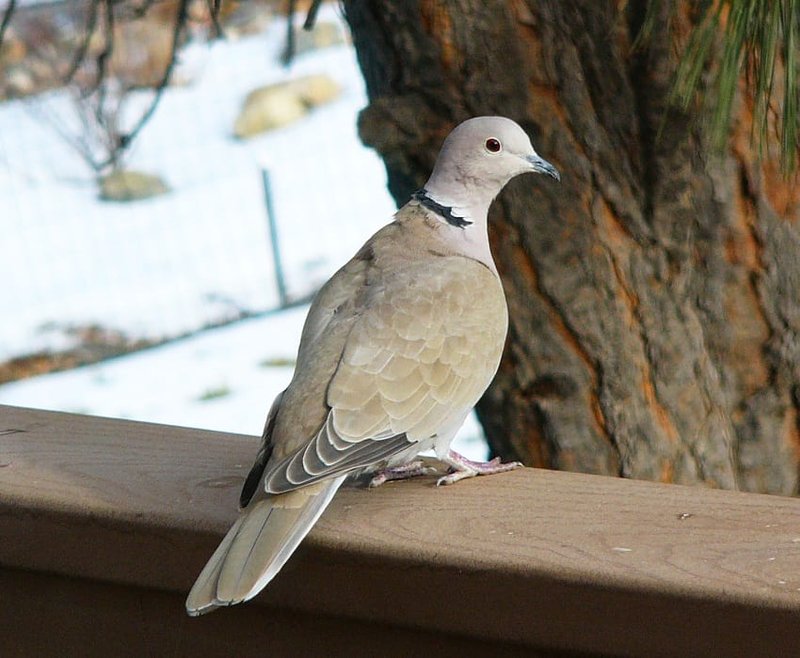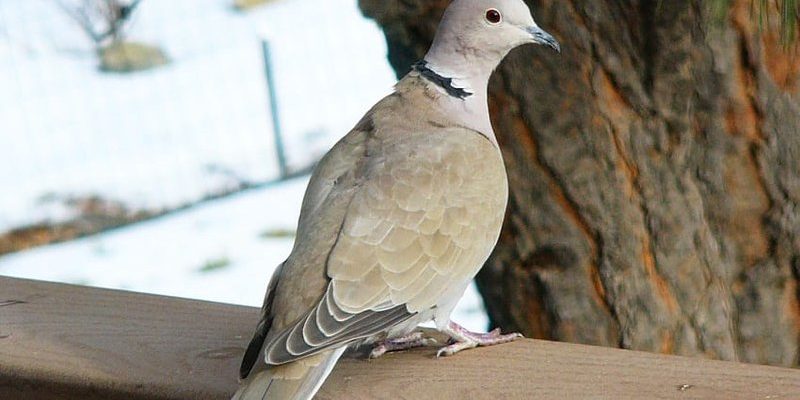
Now, let’s dive into the world of doves. You might be surprised to learn just how diverse they are and where you might catch a glimpse of these charming birds. Whether you’re an avid birdwatcher or just curious about the wildlife around you, understanding dove habitats can enrich your appreciation for nature. So, grab a cup of coffee, and let’s explore where to spot these lovely creatures around the world!
Understanding Dove Diversity
Doves belong to the family Columbidae, which includes over 300 species. These birds vary significantly in size, color, and behavior. Some of the most common types include the mourning dove, known for its distinctive call, and the rock dove, often found in urban areas. To put it simply, doves can be your next door neighbors or distant wanderers, depending on where you are in the world.
Most doves are medium-sized, with soft feathers that often come in shades of gray, brown, or white. They have a gentle presence that makes them easy to spot, especially in gardens or parks. It’s worth noting that their subtle coloration helps them blend into their surroundings, which serves as a clever survival tactic. If you’re out and about, look for them perched on trees or pecking at the ground for seeds!
North America: Home of the Mourning Dove
In North America, the mourning dove is the most widespread species. You can easily spot this elegant bird from southern Canada all the way to Mexico. They love to hang out in open fields, suburbs, and even city parks. If you have a backyard, you might see them flitting about, especially in the early morning or late afternoon.
These doves have a unique cooing sound that’s almost soothing. If you’ve ever heard it, you might think of it as nature’s own lullaby—a reminder to slow down and enjoy the moment. Their diet primarily consists of seeds, and you can often find them foraging on the ground. If you’re hoping to attract them to your yard, consider putting out birdseed—this simple action can bring a little charm right to your doorstep.
South America: The Rich Rainforests
Head down to South America, and you’ll find a whole new world of doves, especially in the lush Amazon Rainforest. Here, species like the picazuro pigeon thrive. These birds take advantage of the dense foliage and abundant food supply. You might spot them in the understory—where the light barely filters through the canopy—looking for fruits and seeds.
Doves in this part of the world have adapted to the humid climate and rich biodiversity. For instance, the white-winged dove prefers more arid regions and is often found in southern Texas and Mexico. This adaptability highlights just how versatile these birds can be, thriving in both wet and dry environments.
Europe and Asia: Urban Adaptations
In Europe, the rock dove is the quintessential city dweller. Originally a cliff-nesting bird, it has successfully adapted to urban environments. You’ll find them in parks, squares, and on buildings, often seen in flocks. Their ability to live among humans is remarkable, and they’ve become part of the urban landscape.
In Asia, doves like the spotted dove can be found in gardens and woodlands. Their gentle cooing and distinctive markings make them a treat to observe. If you’re traveling in places like India or Southeast Asia, keep an eye out; these doves are often seen in pairs, reinforcing the monogamous nature they are known for.
Spotting Doves in Africa: Diverse Habitats
Africa boasts a variety of dove species, each thriving in different regions. The African collared dove is a common sight in urban areas across the continent. You might find them in cities, near farms, or even in the wild—an example of how adaptable doves truly are.
On the other hand, the ring-necked dove tends to favor more rural settings. With their beautiful coloration and striking markings, they often grace the gardens and parks of suburban areas. If you’re exploring the African savanna or a more urban setting, keep your eyes peeled; you might just be surprised by how many doves you see.
Australia and Oceania: Unique Species
Australia is home to some unique dove species, such as the turtledove and the peaceful dove. These birds are often found in woodlands and shrubby areas, making their nests in tree branches. They have adapted well to suburban life, often seen scavenging for seeds.
In New Zealand, the kererū (also known as the New Zealand pigeon) is a key species. These birds are known for their large size and unique coloring. They play an essential role in their ecosystem, helping to disperse seeds as they feed on fruits. In the forests of New Zealand, spotting a kererū can be a real treat, as their numbers have decreased due to habitat loss.
How to Spot Doves: Tips for Birdwatching
If you’re eager to catch a glimpse of these lovely birds, here are some tips to make your dove-spotting adventure more rewarding:
- Choose the right location: Look for areas with plenty of trees and open spaces—parks, farms, and even your backyard.
- Time your outings: Early morning and late afternoon are often the best times to see doves, as they are more active during these hours.
- Be patient and quiet: Doves can be skittish, so staying still and quiet will increase your chances of seeing them up close.
- Use binoculars: A good pair of binoculars will help you spot doves perched high in trees or far away on the ground.
Birdwatching can be a peaceful experience, allowing you to connect with nature. Whether you’re an expert or just starting, the thrill of spotting a dove is always exciting.
In conclusion, doves are incredible birds, each with distinct habitats and behaviors that reflect the diversity of our planet. From the urban rock doves of Europe to the serene mourning doves in North America, spotting these beautiful creatures can be a delightful adventure.
As you explore different regions, remember that observing doves can teach us a lot about adaptability and the importance of protecting their habitats. So next time you’re out in nature or even in your backyard, take a moment to look for these gentle birds. They’re not just a symbol of peace; they’re a reminder of the beauty that surrounds us, wherever we are. Happy spotting!

